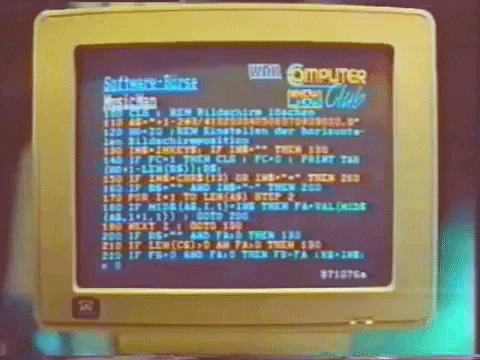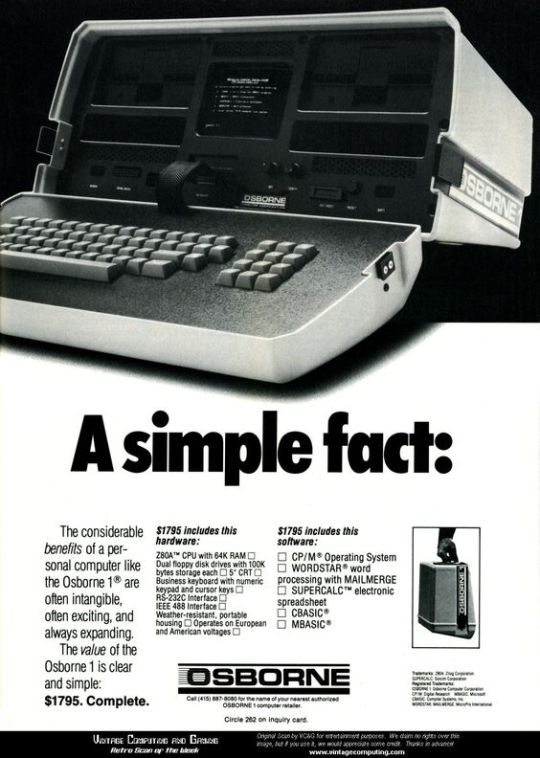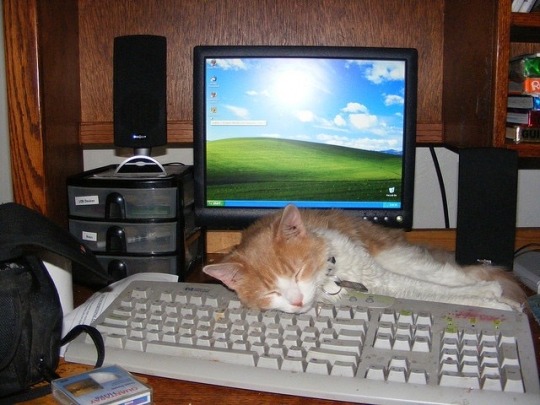Photo

FUJITSU S-7/300 and S-7/300U
The Fujitsu S-7/300U was a workstation equipped with Sun Microsystems’ 64-bit UltraSPARC RISC-based microprocessor. Fujitsu announced the S-7/300U models 140, 170, and 170E in November 1995. The machines were supplied by Sun Microsystems, headquartered in the U.S., on an OEM basis and corresponded to Sun Microsystems’ Sun Ultra 1 line. The Fujitsu S-7/300U models were intended to strengthen the S-7/300 series of high-end workstations announced a month earlier.
The Fujitsu S-7/300, on the other hand, was a workstation running on the 64-bit SPARC64 RISC-based processor, which was jointly developed by Fujitsu and HAL Computer Systems. The S-7/300 was positioned as a high-end Fujitsu-developed workstation in the S family. Fujitsu announced the 140 and 160 models in November 1996 to extend the S-7/300 line.
339 notes
·
View notes
Text
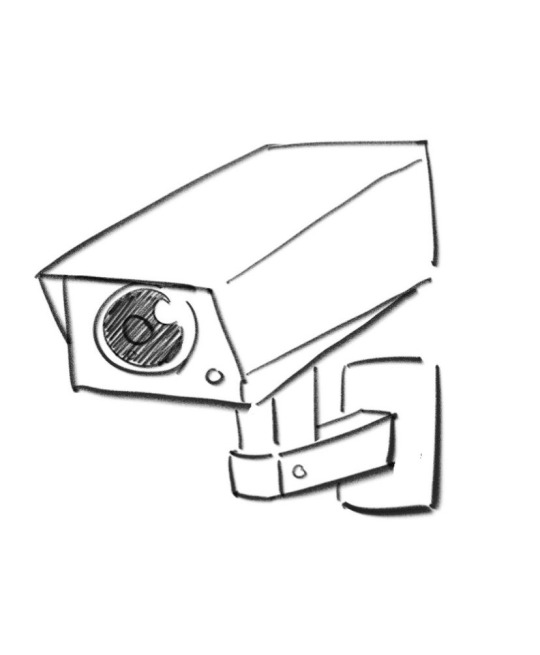





little thingy from the other week, stuff on my mind
24K notes
·
View notes
Text



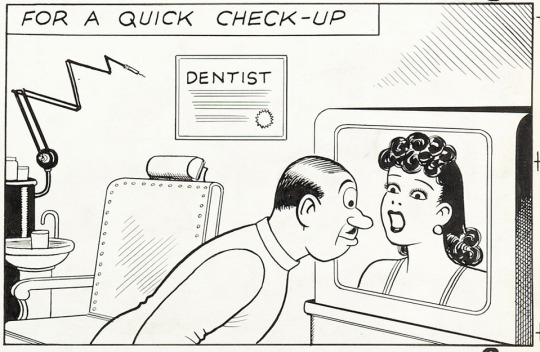

Ernie Bushmiller kind of predicted the Internet in this early 1950's Fritzi Ritz comic
24K notes
·
View notes
Photo

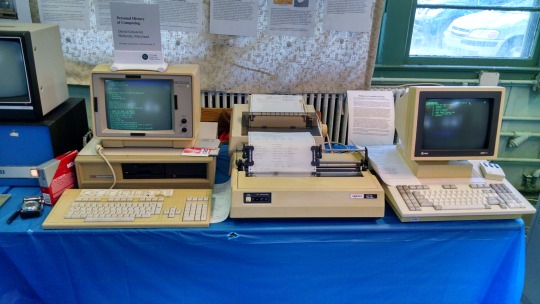
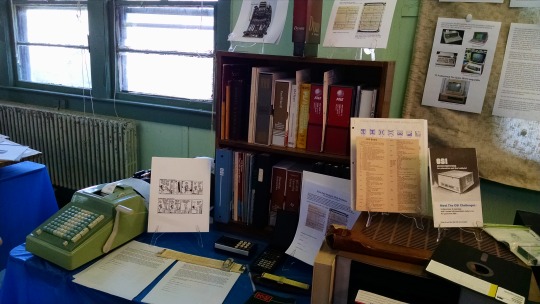
David Gesswein always has a cool exhibit – this year is no exception. This time, he decided to tell a story of sorts by way of his familial history of computational devices.
Hand cranked adding machines, slide rules, and early portable electronic calculators all start things off. Then comes the Ohio Scientific Instruments Challenger II computer, which I think is wicked cool. Dual 8″ floppy drives, plus a keyboard, BASIC, and composite video output all powered by a 6502 processor during an era when this sort of thing was still being hammered out by home computer manufacturers.
After that, a Texas Instruments professional computer, which aimed to be an IBM PC compatible, but didn’t quite comply with all the necessary requirements to earn that title. It’s still plenty capable as a machine, and David has fond memories of it.
Meanwhile, David’s wife’s first computer sat next to it: an AT&T 3B1 Unix PC. She was playing a rendition of Tetris on the monochrome screen, with letters denoting the difference between shape types in lieu of colors or textures. I mentioned my love of Tetris, and she asked me if the low graphics bothered me. Considering the response times and lack of lag that was displayed by the 3B1 while she was playing, I had no reason to think less of that version of the game.
Upon looking photo I took of his exhibit, I noticed that the AT&T 3B1 has a clone of Asteroids called “Rocks”, which must somehow be rendered in ASCII. I wish I had noticed that before, because I would have asked to play.
The portrait of the computer industry that this paints is well rounded, and I think it made for a cohesive and informative display. Plus, David always brings at least one card punch, paper tape punch, and/or aprinter to accompany his exhibit. This time, it was a pair of printers because let’s be honest, it was a staple of earlier computing.
52 notes
·
View notes
Note
i was born after the wii was released hi ask me anything

119 notes
·
View notes
Photo

DEC PDP-8/I and PDP-8/L (c.1968).
358 notes
·
View notes

